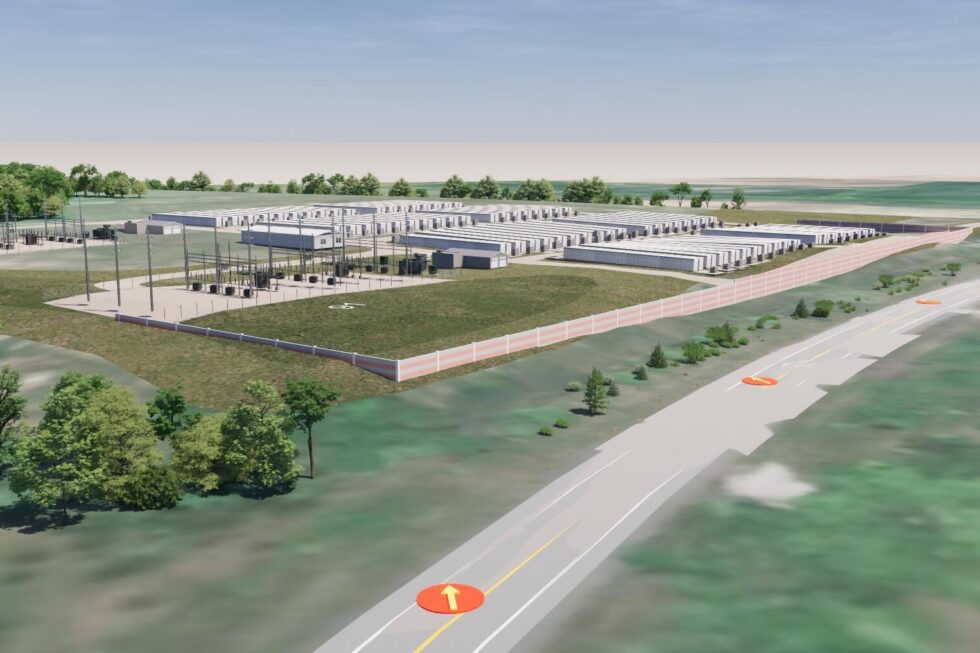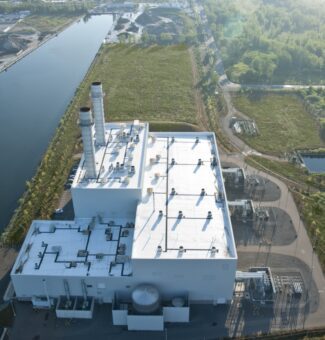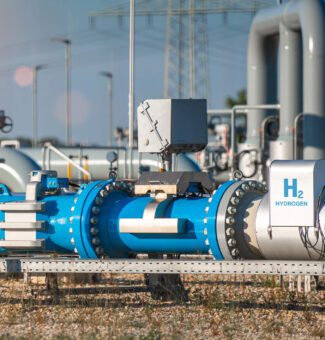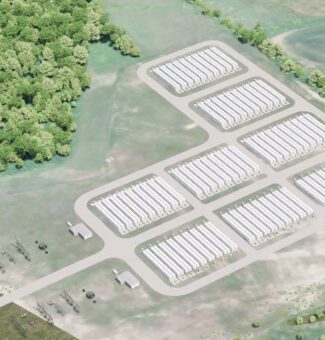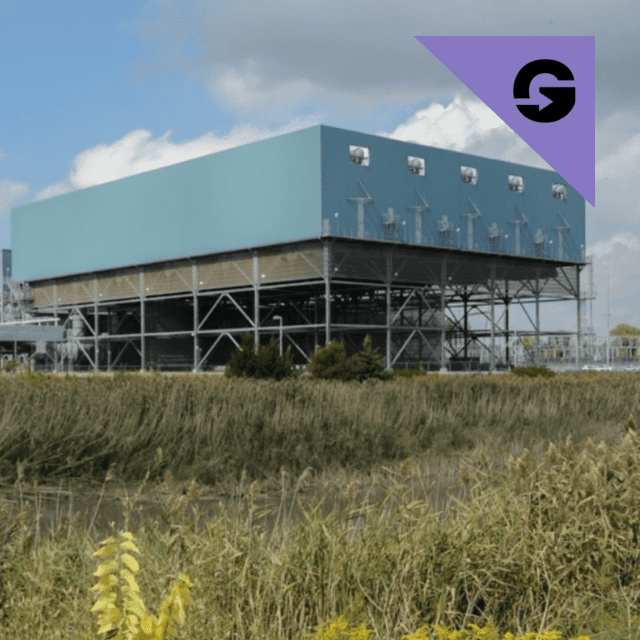Without diverse energy storage options, the clean energy transition just can’t happen—not at the scale and pace we need it to. Energy storage is an essential piece of the puzzle, and one we are focused on for the future.
Shelley BabinPresident and CEO, Atura Power
The future is flexible
On windy and sunny days, wind and solar farms feed power to the grid. But, when the wind dies or the sun hides behind clouds, power cannot be generated. Energy storage can help address this issue, and complement other forms of electricity production, creating a grid that is both reliable and flexible in its use of energy sources.
Energy storage facilities store surplus power in periods of low demand during the evening. It can then be released back into the system when power demands increase during the day. This improves electricity system efficiency by shifting overnight renewable electricity production to daytime periods when it is needed most.
Atura Power is advancing battery storage systems in Nanticoke, Napanee, and Peterborough. These facilities - when constructed - will be capable of storing clean electricity and providing peak power back to the grid for up to four hours at a time. This will help build a more reliable grid with agility to respond using clean power during times of high demand.
